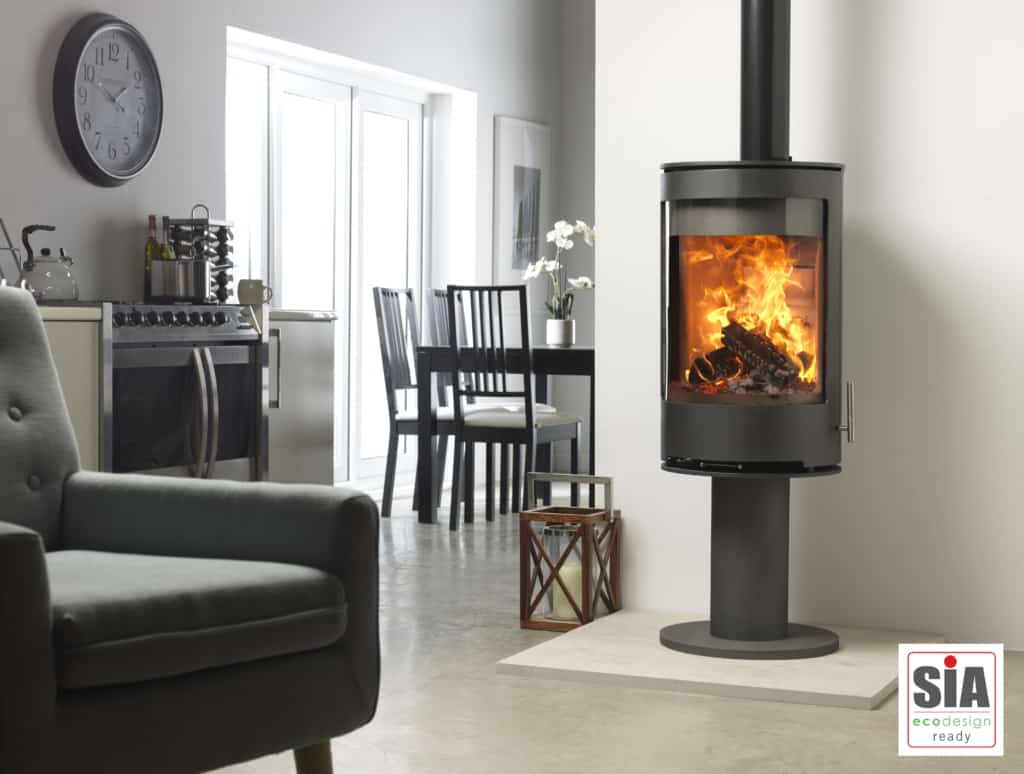In-door pollution is a real risk. According to the results of a study by the Clean Air Day campaign, air pollution in UK homes is more than three times worse than outdoor air pollution. The reason for this is the number of particles that form air pollution that gets trapped inside a home.

The Dangers of Particulate Emissions:
A team of researchers at the University of Edinburgh recently carried out a study asking healthy volunteers to breathe in harmless gold nanoparticles. These nanoparticles were designed to mimic the smallest particles created by diesel exhaust fumes (namely PM2.5). They found that the gold moved from the lungs into the volunteers’ blood and urine within just 24 hours, and could even be detected in the blood three months after exposure. Not only that, but the area where the nanoparticles built up was within the fatty plaques of diseased arteries. This shows how easily these particulate emissions can enter the body and cause significant health issues.
What is PM2.5?
Particulate matter (PM) describes the mixture of solid particles and liquid droplets in the air. It can be either man-made or naturally occurring. Examples of PM2.5 include dust, ash and sea spray. Particulate matter (including soot) is emitted during the combustion of solid and liquid fuels, such as for power generation, domestic heating and vehicle engines. Particulate matter varies in size (i.e. the diameter or width of the particle). PM2.5 means the mass per cubic metre of air of particles with a size (diameter) generally less than 2.5 micrometres (µm). PM2.5 is also known as fine particulate matter (2.5 micrometres is one 400th of a millimetre).
Burning Wood Indoors – and the reassurance of an Ecodesign stove:
Open fires are responsible for a lot of internal air pollution. With a high-efficiency Ecodesign wood burning stove, the air is drawn from a room into a fire, to help with a clean, efficient burn. Unlike an open fire, the burning of the wood is not exposed to the internal atmosphere in a home. The combustion takes place in a sealed, glass-fronted firebox, and vented into the external atmosphere. The only time the efficiently burnt wood would be exposed to the indoor atmosphere would be momentarily when opening the door to add more firewood.
How to Reduce General In-Door Air Pollution:
.
- Avoid smoking in a home
- Reduce the use of harsh household cleaners
- Reduce or eliminate the use of an open fire
- Open windows when possible
- Minimise air freshener use
- Make sure extractor fans are working correctly
- Avoid using scented candles
- Dust surfaces and vacuum frequently

Ecodesign Ready Stoves:
All our stoves are Ecodesign Ready. Something that we are very proud of as a company. To have an Ecodesign Ready stove is by no means an easy feat. Significant investment in R&D, and expert design are all required to ensure a stove becomes Ecodesign Ready.
Ecodesign comes into effect from 1st January 2022, and is a European regulation for solid fuel local space heaters, which is a more formal description of a wood-burning stove. When a stove is tested to see if it is Ecodesign Ready, it must keep within very stringent, technical parameters, which include careful management of OGC’s (Organic gaseous compounds), Carbon Monoxide, Nitrogen Oxides, and Particulate Matter (PM), outlined above. It’s these things, which cause pollution, so it’s essential that an Ecodesign Ready stove significantly reduces the emissions of such.







